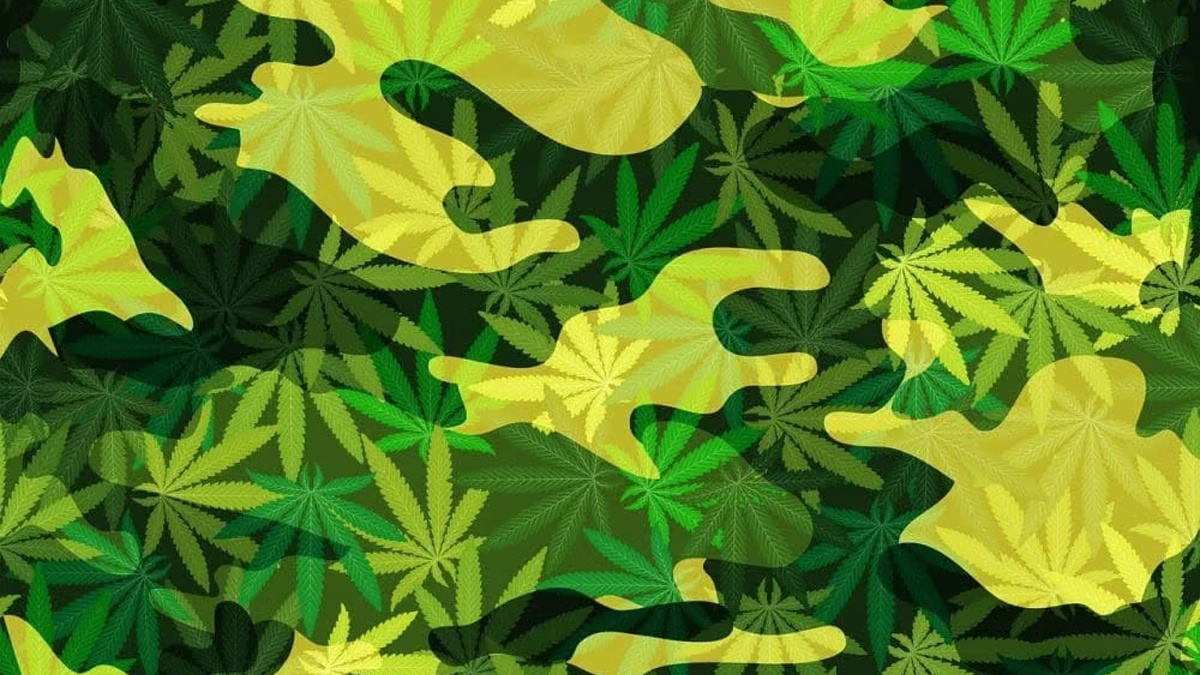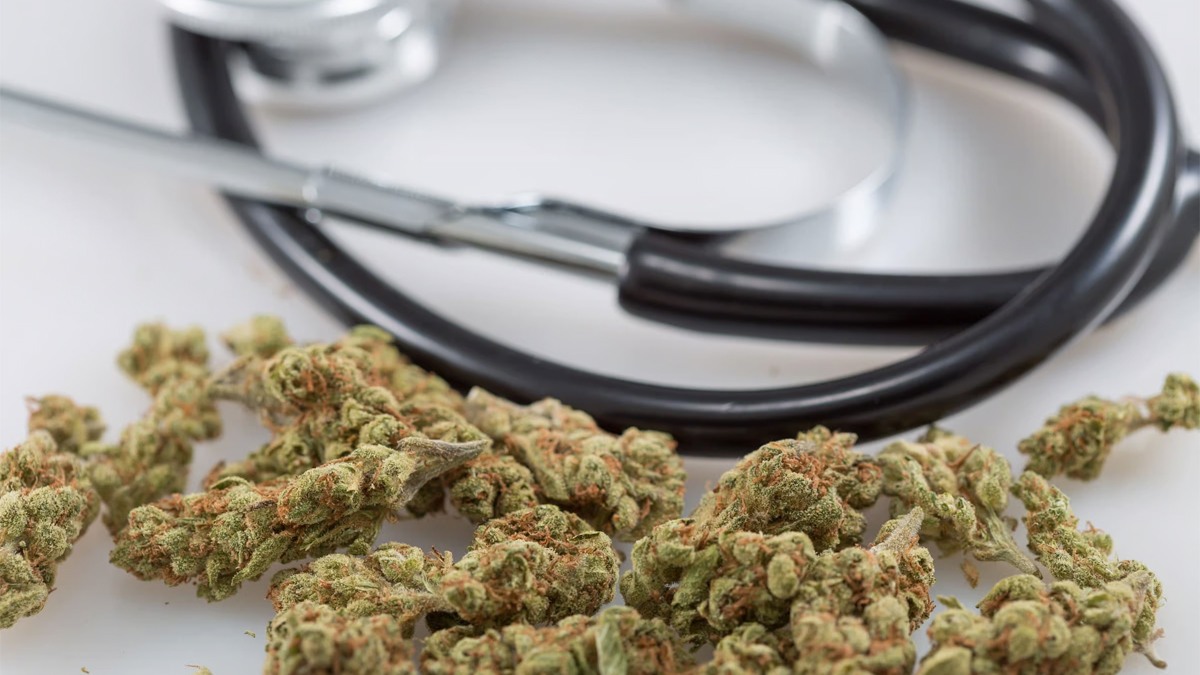Image via
Scientists have discovered a purple strain of weed that may be resistant to an invisible viroid that is plaguing California’s cannabis farms.
Nearly every single cannabis plant currently being grown in the Golden State is infected with hop-latent viroid (HLVd), researchers believe. This pathogen causes infected weed plants to shrivel, reducing their total yield by as much as a third. And even worse, the virus reduces the plants’ THC content by as much as 50%. Plants that get infected with this viroid also become more vulnerable to many other plant-munching pests and diseases.
Fortunately, the viroid poses no harm to humans who smoke or otherwise ingest it. But because it lowers the overall yield and THC content, it greatly reduces the monetary value of infected plants. This is especially bad news for California pot farmers, many of whom are struggling to turn a profit thanks to high taxes, climate change, and competition from the black market.
Scientists first discovered the presence of the viroid in 2019, but recent reports suggest that it has now infected as much as 90% of the state’s current pot crops. HLVd is highly contagious, so it can easily be spread through a farm’s water supply or by contaminated tools. And because it is so contagious, there’s a good chance that it could spread to other states as well. But a team of researchers from a Massachusetts cannabis firm may have stumbled upon a potential solution.
Kevin McKernan, chief science officer at Medicinal Genomics, described his recent discovery at a cannabis industry conference in Florida last month. McKernan said that he and his fellow scientists were deliberately infecting plants with HLVd to further understand the virus. But researchers were surprised to learn that one specific strain, known as Jamaican Lion, was at least partially resistant to HLVd. And even more unusually, the plant started to turn purple as it fought off the disease.
Scientists directly exposed the plant to HLVd for six weeks straight, but it never got infected. Researchers then directly injected the viroid directly into the stem of the plant, and only then did it start to get sick. But even then, the pathogen only infected the plant’s roots, not its leaves. The plant’s leaves did start to turn purple after it was infected, but those purple leaves still never tested positive for the virus.
“We don’t know why [this is happening],” McKernan said, according to SFGate. “This could be an immune response, but we’re not seeing this [purple coloring] as heavily increased in the control that’s not infected.”
Purple cannabis strains like Purple Haze or Grandaddy Purple are already pretty well known, but researchers were surprised that this coloration could possibly have protective benefits. McKernan believes that the color change in the Jamaican Lion strain was probably due to an increase in anthocyanin, a natural compound that can turn plants purple.
“There is literature that links Anthocyanin production with viroid infection,” McKernan told SFGATE. “This is in different plants and with different viroids, but these anthocyanins are a known immune response for plants.”
The discovery has not led to any immediate solution to the hop viroid problem, but researchers believe that they could potentially confer immunity to vulnerable cannabis strains by breeding them with Jamaican Lion.
Chris Moore via (https://merryjane.com/news/purple-weed-could-help-save-california-pot-farms-from-infectious-pathogen)
Keep out of reach of children. For use only by adults 21 years of age and older.










